Having the right food, medical and other important supplies is crucial.
Food storage and stockpiling is necessary for survival in apocalyptic scenarios, as well as other emergencies such as flooding, blizzards, earthquakes and other pandemics.
I’ll share with you some tips on how to get started storing food for the long haul to get you though any emergency.
Stockpiling food can mean the difference between having to stand in line for essential items, and having the resources to take care of your family until the emergency blows over or you make it to a safe place in the case of total societal collapse.
Even if total collapse may be years away, it pays to have a stockpile at hand well in advance to avoid having to scramble for scarce food supplies when manufacturing and the food supply chain shut down.
Minor emergencies such as winter storms have demonstrated just how easy it is for common food items to run out as evidenced by the empty shelves occasioned by panic runs on supermarkets and grocery stores.
Statistics show that the average grocery store has only storing extra food and should an emergency draw out for longer than this; many families will be in dire straits indeed.
If you want to ensure that you and your family make it through emergencies and total collapse, you need to have adequate food and water to tide you over until things improve.
How to Get Started with Food Storage
Different emergency situations call for different prepping methods. However, the following rules apply across the board with regard to building a sizable food stockpile to ensure survival. Here are the basics:
Determine your household’s food needs
Before you can begin listing the types of food you need to stock up on, find out what each individual member of your family’s calorific needs are and multiply this by the number of people in the family.
Take into consideration individuals’ tastes, any special dietary requirements and the amount of time you will have to live off your emergency supply. This should give you a good idea of the amount of food you need to stockpile.
Pick the right food
Your stockpile should contain all the major food groups with an emphasis on high-quality protein, whole grains, healthy fats and supplements of essential foods that cannot be stored in their original state without spoiling.
Ensure to select the right types and amounts of food for all your nutritional needs.
Pick food items that are well packaged, in tightly sealed containers and concentrate on non-perishable items with a long shelf life.
Avoid foods that are high in salt, sugar, and preservatives. Add some extras to help ease the austerity of survival and make it feel less like a punishment.
Items like coffee, chocolate, fruit juices, and spices will help to tide you over the hard times without feeling too deprived.
Stock up on water for drinking and cooking purposes. Keep it in tightly sealed containers to avoid contamination.
You have your storing extra food ingredient list and are ready to begin shopping. You are looking around your home making a list of item that you can sell or calling the bank for a loan to fund this food storage shopping spree.
Stop!
You don’t have to buy everything today.
Your plan to store extra food can be implemented over time. We’re aware that food isn’t getting any cheaper, so the time to start is now, but that doesn’t mean you buy three-months worth of food today, tomorrow or even next week. Take your time to build up a good food storage inventory.
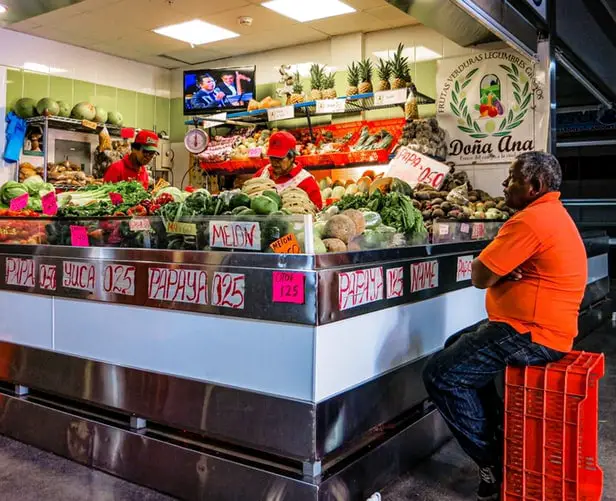
No one wants to be seen lugging out hundreds of gallons of water or hundreds of cans of beans from the grocery store. In addition, not everyone has the resources to purchase a year’s supply of food all at once.
However, it is entirely possible to purchase a week or month’s supply and slowly build your stock up over several months.
Don’t scoop up anything and everything you have put on your list. Slow down, use strategy and carefully plan your next move.
More Tips for Getting Started
- Buy in bulk, when you can and only when it makes sense. Do not be fooled and assume that buying in bulk is always cheaper. Sometimes it’s not. Make sure you can use that giant can or container of food, that you are considering purchasing before it goes bad.
- When possible, buy in bulk and split the canning duties with a friend and swap at the end of the season. It is a lot easier to can a lot of one item rather than trying to can several different items.
- Plant a garden if possible. If you don’t have the land, look into community gardens or see if you can use land from a neighbor or friend. Be prepared to cut them in on some of the harvests for the use of their land.
- Farmer’s markets are great places to network. You may be able to get produce for canning at really low prices.
- During your regular grocery shopping trips, add a couple of extra items that will be placed in your storage. Spending an extra couple of dollars today can save
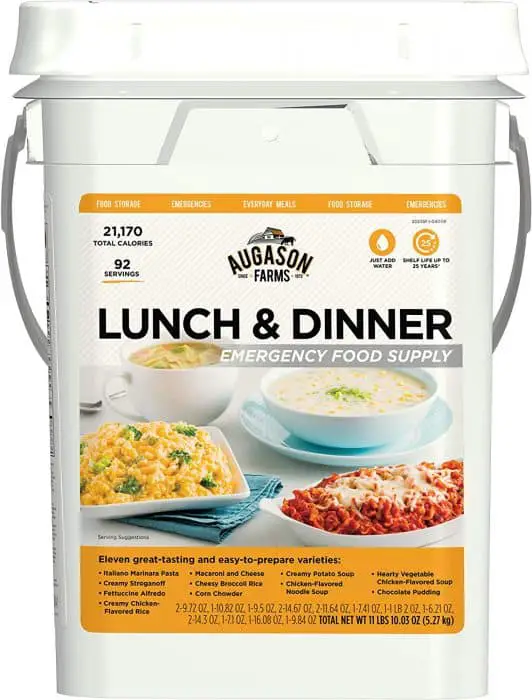 you $10, or more, down the road. Instead of one can of beans, buy two and so on.
you $10, or more, down the road. Instead of one can of beans, buy two and so on. - Search for local canneries or Amish food stores. You would be amazed at how cheap the goods are.
- Search the internet for great deals on dried or storing extra food, if you plan on storing those. Many products tend to be cheaper online.
- Be on the lookout for some of the big-ticket items you may want to go on sale. Grain mills are great to have but can be pricey.
Ease food storage items into your budget. Setting aside as little as $15 a month can help you build up a nice supply. Keep your eyes peeled and be ready to take advantage of any fabulous deals that comes your way.
Making a Food Storage Plan
Today is the perfect time to start making your food storage plans. There are many variables, one being the price of fuel, that causes the price of food to rise, so a good food storage plan can be a hedge against fluctuations in the economy.
Storing extra food doesn’t mean that you are anticipating the apocalypse. Most food storage is done to help protect against many tough situations in life.
Here are some reasons that people choose to stockpile some food:
- Economical – Bulk foods are typically cheaper. If you can store food without having it spoil, consider buying in bulk and storing them.

- Financial – families with limited or fixed incomes may find that their grocery budget is lean during some months. Coupons can be a good way to help with this issue.
- Practical – You never know when family or friends might stop by, and may stay longer than expected. This also can provide you with the ability to share food with those in need.
Before you start to store food you need to have a good plan and understand some basics.
One basic to keep in mind through your food storage planning and the stockpiling itself is that you will need to use the stored food for regular meals and not only during a crisis.
The old adage, “first-in, first-out” is essential for your food storage to make ensure that your food is used up and fresh foods are brought in to replace them.
This is a good reason for you to only buy and store foods that your family will eat as part of regular meals.
Sudden Diet Change-up is Bad
You need to consider the types of food that you need to store. You should store the same types of food that you and your family currently eat regularly.
There is a medical condition called “appetite fatigue” which occurs when a person suddenly changes their diet. The symptoms of this are digestive issues such as nausea, vomiting and diarrhea.

Appetite fatigue is most often experienced by the young and the elderly. These age groups have their own set of special needs so you will want to minimize their stress, not add to it.
If you are already in an emergency situation, you don’t need to deal with illness too.
Planning Food Storage 101
If there is an emergency and you cannot get to the store, your food preferences will not instantly change. You know what you and your family like to eat. An emergency is not the time to change your family’s diet!
A nutritionally balanced menu containing familiar meals will be necessary for your family’s health, well being and survival.
With familiar meals in mind, you need to start writing down your food storage plans. Don’t rush into this planning stage but allow yourself plenty of time to think and plan.
1. Consider a time frame. You will want to start to store and stockpile food for what length of time? Are you stocking food to last 3 days, a week, a month or several months?
If you are just starting your food storage planning, then a three-month plan might be a good place to start. You can beef up your plan by adding to your food stores, to expand it, as time goes on.
2. Make a list of the types of foods that your family likes to eat and your regular meals. Make a list of the foods that you normally prepare and note the required ingredients. Remember that in an emergency situation, refrigeration may not be an option.
Start to learn how to Storing extra food, dry or dehydrate necessary ingredients.
If you aren’t comfortable with cooking, write down the meals that you typically eat and start practising how to prepare and cook them yourself. Learning basic cooking skills will help you feed your family with nutritious meals in uncertain times.
Math, Recipes and Shopping Lists
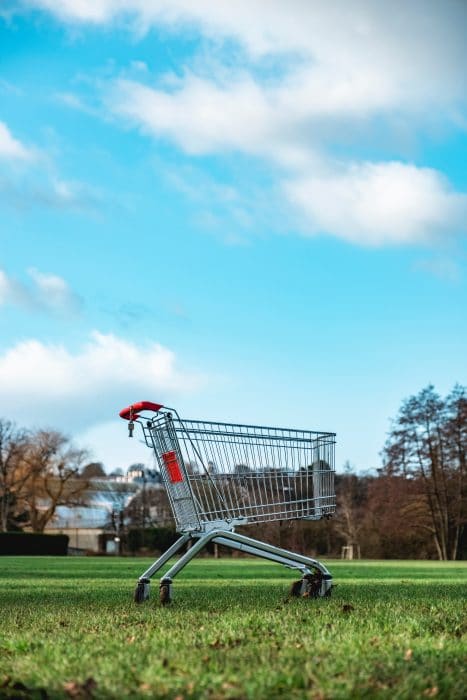
You are now starting your food storage plan. You should have already decided what length of time that you want to plan for. Are you storing food for 3 days, a week, a month, three months or a year?
You can always add more to your food stores as you build up. A good rule of thumb is to start with a three-month supply list.
We discussed having your menus planned and the ingredients listed for those meals. Now we need to apply a bit of math formula.
Break each ingredient down into total weekly use. Take that number and multiply by 12 (3 month supply; aka 12 weeks). Follow the peanut butter example below so you can compute your other food storage calculations.
- Your family uses one cup of peanut butter every week. They also love peanut butter cookies and you want to cook a batch every week. A batch of peanut butter cookies will require an additional cup of peanut butter. You need to factor in two cups of peanut butter for one week.
- Twelve weeks(3 Months) at 2 cups of peanut butter per week equals 24 cups.
- Math Time: There are 8 ounces in one cup. You need 8 ounces times 24 weeks. This equates to 192 ounces of peanut butter required to provide for typical peanut butter usage for a full three months. Use ounces, it will make things really simple, when it comes time to decide how many jars of peanut butter (or other ingredients) you need.
- If a typical jar of peanut butter is 28 ounces. 192 ounces divided by 28 ounces round out to 7 jars. You will want to stock 7 jars of peanut butter.
Many of you are already thinking, “I can save money and buy a super-deluxe giant tub of peanut butter.”
Stop and step slowly away from the peanut butter. Keep those hands where I can see them!
Peanut butter, as with most foods, have an expiration date. Those dates aren’t set in stone, but you want to rotate fresh stock in.
That super-deluxe giant tub of peanut butter may take too long to finish, and may not be used up by the time it gets gross. Throwing away food will negate the few pennies you saved, by buying that jumbo size!
If you despise the thought of doing math for every ingredient for every recipe on your list, then you may already be looking for shortcuts. There are other options, but they aren’t as cost-effective.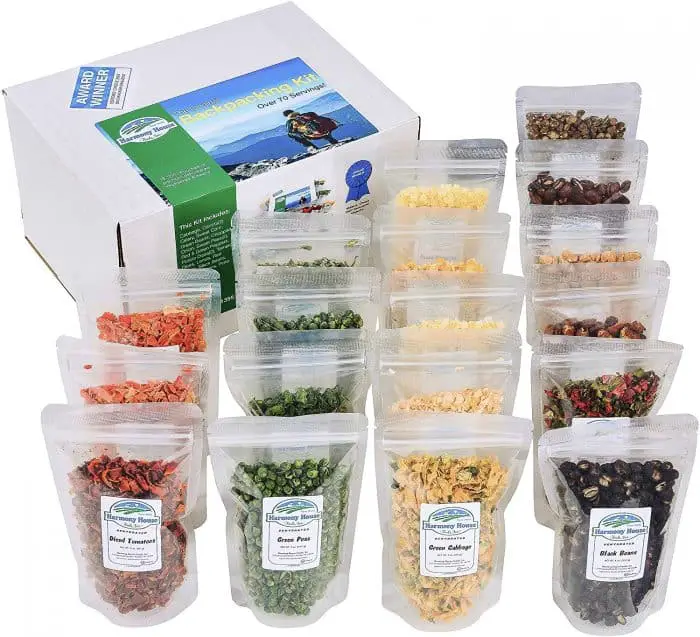
There are dehydrated meals available in many varieties and most are actually quite delicious. This may negate your option to design your meals to your family’s tastes and preferences and, dehydrated meals can get expensive.
Dehydrated meals are quick, easy to prepare and are designed for efficient storage, but the offset is that you may have to prepare an individual pack of freeze-dried chicken and mashed potatoes for every member of your family at each meal?
Your food stores are not only designed to keep your family fed through a global collapse or other major emergencies. Getting laid off or snowed in can be counted as an emergency situation and you may need to dip into your food storage. This is exactly what your food storage is there for.
Storing Your Food Storage
One of the biggest challenges of food storage is trying to find somewhere to store it all. If you live in a small apartment or a house, you are probably thinking you don’t have much spare space, even for some well-organized food storage.
Hold up there, tiger! You can find or make some space. All it should require is a little ingenuity, some planning, a tidbit of resourcefulness, and a pinch of patience.
These are a few basic rules for finding a good place to stash your food storage.
- Foods should be stored in an area that is cool and dark if possible. A dry basements an ideal location, but you may not have one. There are other options.
- Easy to access. You want to make it easy to rotate your old foods out and new foods in.
- Adequate shelving is key. You can buy can organizers that make it really easy to rotate your stock. You can find can organizers that range in size from very small to pretty darned big. The large-sized organizers can hold hundreds of cans.
Creative Storage Locations
If you are truly determined to store some food, you need to start looking around your home.
If you are one of those lucky few families, that happens to have a spare closet, that isn’t being used, you are ready to roll.
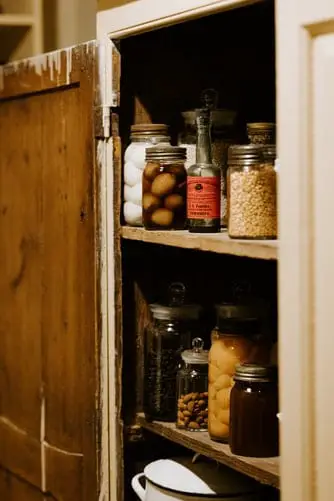
Clean it out and load it up with your food stores. Do not stash food in random, hard-to-access locations, like under a pile of jun, deep in the back of some closet or up in the attic!
The following are just a few options you could try.
- Upgrade your bed frames with storage bed frames to gain lots of under bed storage!
- Use under-bed storage containers, designed specifically to slide under a bed to store stuff. If you don’t want to spend money on the bins, just slide canned goods up under the bed. To ensure proper rotation use one side of the bed for loading and the other side for removing the food.
- Adding a shelf unit behind the couch, against the wall, is another clever way to store food. A sofa table and food storage unit in one convenient package!
- Build a coffee table or end table with food-grade 5-gallon buckets, filled with your food storage essentials. Disguise your buckets with a tablecloth or fabric. Now you have a functional piece of furniture.
- Garages, workshops and outbuildings can be used, but a lot of foods do not store well in areas that get too hot or too cold. If they don’t freeze, you can use those spaces for water, which frees up your climate-controlled spaces for food.
You may have to utilize several different spaces. This a great way to separate your food in similar groups. Canned veggies could be under your child’s bed, baking goods are stored under the master bed and fruits can go in the closet.
It is always a good idea to create an inventory list of foods and locations as a map. This will help you remember what foods you have and where you stashed them and will help your family track down different foods when they need them.
Walk around your home and identify potential storage spaces. Then get busy.
Locate or construct proper storage with the right temperature, lighting and humidity conditions. This storage can be an underground cellar in your home or offsite location that is safe and easily accessible in emergency situations.
Secure your storage from vandals, thieves and wild animals where applicable. Learn how to seal food using mylar bags, 5-gallon buckets, oxygen absorbers, and food sealers to get the most life from your stored food.
Storing Water
Preparedness minded individuals know that food storage doesn’t do a bit of good if there isn’t any water, to sustain life. We all need water to survive. You can live 3 weeks without food, but without water, you only have 2 or 3 days. This makes water a higher priority than food.
Water is very heavy and it takes up a lot of space, this makes it rather problematic to store.
You need a gallon of water, each day, for every member in your household. This gallon is just for eating and drinking use.
In a perfect situation, you would store 3 gallons a day so everybody can wash up at least once a day. You don’t want to encourage the spread of germs in a survival situation and it will keep the surrounding environment a bit more pleasant if you can get everyone to stay clean.
Your drinking water is the stuff you want to preserve. Your washing up water isn’t quite as sensitive. Rain barrels are perfect options for storing a lot of water, without taking up precious storage space.
You can put a rain barrel under anywhere with a downspout or even at the corner of your roof. If you have a pond or river nearby, you may have your washing water needs covered!
Milk jugs always seem convenient, but don’t use them to store water. They aren’t designed to last and will eventually start to leak making everything around them wet. Choose the thicker, more durable plastic bottles or jugs, that juices are packaged in.
Mylar bags are nice options for storing water. They can keep for up to two years and do not need to be rotated.
There are plenty of containers available to store your water in, but it is extremely important you only use food-grade containers. Never, ever use containers that have held anything but food in them. To do otherwise may expose you to some pretty toxic stuff!
Water should be stored away from direct light. Light can cause a breakdown of the water, leave it tasting funny or “off”. When this happens, freshen up the stale tasting water by pouring it back and forth between two containers to aerate it.
Water stores need to be rotated. A good rule of thumb is to rotate your water supply every year.
Purifying Water
Maybe you have a pond or river close and neglected to store drinking water. Do not start drinking bacteria-laden water straight from the river or pond. You need to clean it first.
Dip the water into a container, with a piece of cloth over the opening to filter out the larger sediment. The boil the water for five minutes to clear out all the nasty bugs that would have a negative impact on your digestive system. Once you boil it, you may still want to add a little bleach. Yes, normal household bleach can be used to purify water, when used correctly.
- 1 quart of clear water – 2 drops of bleach.
- A gallon of clear water – 8 drops of bleach.
- a 5-gallon container of clear water – ½ teaspoon of bleach.
If your water is cloudy, you will need a little more bleach, so double the amount of bleach, that you would add to clear water.
- 1 quart of clear water – 4 drops of bleach.
- A gallon of clear water – 16 drops of bleach.
- a 5-gallon container of clear water – 1 teaspoon of bleach.
After you add the bleach, let it sit for half an hour then aerate it, by pouring it back and forth between two containers, before you drink it.
Storing Dairy Products
When planning your food storage needs, dairy is one item that you may be struggling with. For most people, dairy is a regular part of the daily diet and is delicious. What kind of a life will it be without cheese or butter?
How can you safely store milk and cheese?
There are options that will keep you and your family stocked up with dairy products.
1. Dairy Options
Dried dairy products, that actually taste good, are available.
There are dried cheese products that can be sprinkled on foods or added to recipes as is, or just add a little water and you have a gooey melted cheese ready to eat. These dried dairy products are also available as sour cream, cheese sauce and butter.

You can find a number of different sizes available for purchase. A 10-pound can holds about a gallon of product or about 80 servings.
Pasteurized, shelf-stable cheese products are also available, but not all dairy substitutes are created equal. In this case, it seems that the dried product is much tastier and healthier than its counterpart.
Parmesan cheese is also pretty easy to store. Keep in mind it is only good for about six months.
2. Reading Labels
You need to read the labels on any food you are planning to purchase.
There is a difference in milk substitutes. “Instant milk” is not the same as whole powdered milk. You want the latter, but it’s probably not available at your local grocery store. Whole powdered milk is readily available online.
While shopping, keep your eyes open for the words, “milk alternative.”
Instant milk is readily available, but it is no equal to whole powdered milk in nutritional value nor in taste. One way to explain this counterfeit substance is to make a comparison of Tang and orange juice. They may be similar in some ways, but they just aren’t the same.
With some planning and shopping, you can succeed in having a well-stocked and nutritionally well-balanced dairy storage that does not require freezing or refrigeration.
Protecting Food from Pests
How can you keep the pesky creatures from getting into your food and ruining it, before your family gets a chance to eat it? You need to consider where you store your food and how to keep it safe from pest contamination.
We would all love to have the perfect, dry basement that maintains a steady 65 degrees F, but very few families have that luxury. Most of us are dealing with damp basements, hot garages, tiny closets and wherever else we can find. You have to do the best you can with what you’ve got.
The key is proper rotation.
Those 10-pound cans of food, that boast 25-year shelf lives, are only good that long when stored in “ideal” conditions.
If your storage area is warmer than the recommended storage temperature, you likely will have a 5 to 7-year maximum shelf life.
Heat isn’t your only enemy. Pesky mice and bugs must also be considered when storing food.
1. Preserving Flour
Flour can be stored for a year on a shelf. It is recommended that you keep in it in the freezer for a bit, to kill off weevil eggs, that are very common in flour.
It will take about a week in the freezer to kill the larvae. Bags of flour left on the shelf, especially a warm shelf, are ideal hatcheries for the bugs. Kill them before they get a chance to contaminate your flour.
Ok, don’t freak out. The fact is that you have been eating bug larvae, but you’ve managed this long.
If you do open a bag of flour and see little bugs you have 2 choices:
- You can throw it away. The old adage, “when in doubt, throw it out” might be your chosen method for dealing with this.
- Many people just sift the flour and continue on.
2. The Power of Bay Leaves
Bay leaves can be used for more than soup. They make great bug deterrents for dry foods.
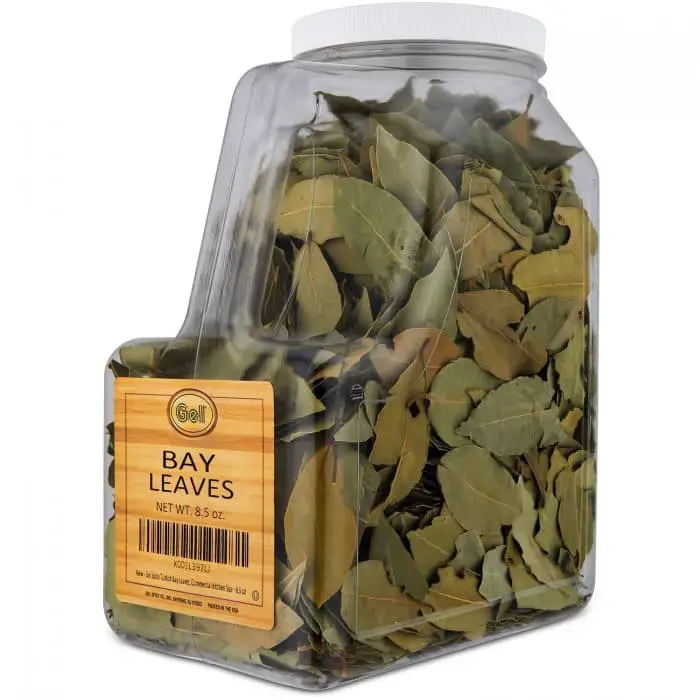
Put a few leaves directly into the dry foods, like beans, or line the containers that you are using to store your food.
If you are using the very common 5-gallon food grade buckets for your dried foods, 10 bay leaves should do the trick.
You can even put bay leaves into your flour after you have frozen it to give it added protection.
3. Five Gallon Buckets and Mylar Bags
Mice are not deterred a bit by plastic bags or cardboard. They will chew right through it to get to the good stuff inside.
To prevent this put your food inside food-grade 5-gallon buckets or tightly sealed plastic totes. Things like rice, flour, beans, pasta and sugar are better kept free of mice when stored in buckets.
These are also ideal for stacking and are easily organized. Label these containers for easy identification. I label mine with paint labels, from the local hardware store… and the color is a code for the food inside. I hope there won’t be groups of thieves who are out to steal people’s paint!
Mylar bags are fabulous for long-term food storage needs.
They protect food from air, light and critters when sealed properly. You can find these bags in a variety of sizes.
Once you pack your food inside, you will vacuum out the air and moisture, before sealing with a hot iron. These bags can be opened and sealed again, which makes them super nice to have in your food storage supplies.
Placing the sealed bags into 5-gallon buckets is a proven method for maximizing the life of your stored food.
4. Periodic maintenance

Check on your stockpile consistently and take out any spoiled items as well as those that may have expired. Check for water and vermin damage.
Change or add to the items in your stockpile to reflect the changes in your household e.g. the addition of a family member, any new health conditions or a change in food preference.
Once you have taken these considerations into account, you can now begin to build up your stockpile with the right foods for your family. Below are the best food items to stockpile for both the health and survival of your family in emergency situations:
35 Food to Store for SHTF
1.Whole grains: whole grains like wheat, spelt, rye and others are a great option for providing energy and the fiber needed for digestive health. If you have a flour mill, you can even make your own tasty and healthy bread from scratch.
2. Canned oily fish: oily fish like salmon and tuna are high in omega 3 fatty acids which are known to reduce inflammation in the body and lower your chances for stroke and heart disease.
3. Dried pulses: Beans, chickpeas, lentils, split peas, and others are high in protein, vitamins, minerals and healthy fiber. They are very easy to store and can last for years under the right conditions.
4. Bulk Nuts: Nuts are high in healthy fats and contain protein. They have the advantage of being sold in bulk at various warehouse clubs and discount stores and are thus an affordable item to have in any stockpile.
5. Jerky: Jerky from beef and poultry will provide you with a tasty protein option. Make sure you buy them from a store that produces them naturally and sells them in bulk.
6. Coffee: while not strictly an essential item, coffee can provide the occasional treat during emergencies and keep you from feeling too rundown by the events going on around you.
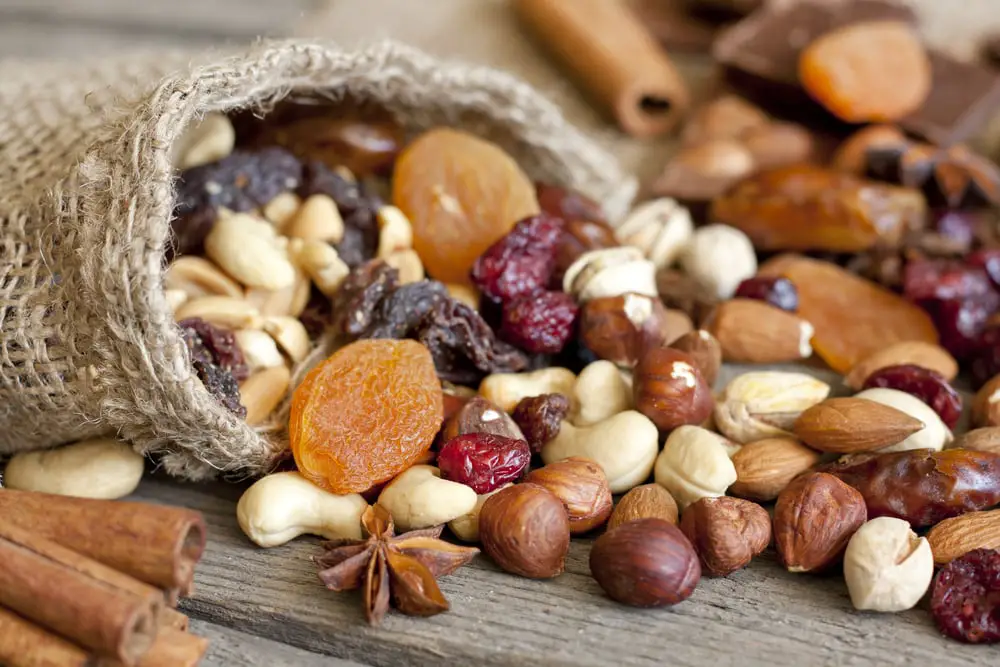
7. Dried fruits: Apricots, raisins, cranberries, and other dried fruits will provide you with much-needed vitamins and minerals in the absence of fresh fruits.
8. Canned soups: Soups make a great addition to many dishes providing both flavor and texture. Go for low sodium options made with actual vegetables and real ingredients.
9. Breakfast cereal: Cereal will provide additional alternatives to breakfast and keep temper tantrums at bay. Choose low sugar and sodium options with as little preservatives as possible.
10. Powdered milk: Powdered milk is great for that emergency cup of tea or coffee, for addition to stews and in the provision of calcium necessary for strong bones and teeth.
11. Cured meats: cured meats have been dried; smoked or treated with brine to make them last longer. They are valuable sources of protein and can be eaten on their own or added to soups and stews.
12. Cheese: Cheese is another great high protein and calcium option that will serve you for a long time without going bad.
13. Nut and fruit trail mixes: vacuum-packed trail mix makes a great snack that does not spoil easily due to proper packaging methods.
14. Spices and herbs: these items are great for livening up a bland meal with individual spices like turmeric and ginger-containing numerous health benefits.
15. Dry bullion powder: Bullion powder is great for adding taste to flat meals and is ideal for soups, stews, and casseroles.
16. Sugar: while sugar receives a bad rap for causing weight gain and diabetes, it is useful for canning purposes and in the making of jellies. As long as it is consumed in moderation, you are unlikely to experience the harmful effects associated with it.
17. Coconut, canola and olive oil: These healthy oils will come in handy in cooking, the preparation of salads and even in the treatment of minor infections in both humans and animals.
18.Sea salt: in addition to seasoning food and preserving meats, sea salt contains the iodine necessary to prevent diseases like goiter.
19. Distilled and Seltzer water: Purified water is crucial to your survival especially if water sources become contaminated during an emergency. Seltzer water is great if you want a break from still water and also helps to calm upset stomachs and improve digestion.
20. Pasta: Different types of pasta will provide you with versatile options to whip up several meals. Due to its low moisture content, pasta has a very long shelf life and is an inexpensive food to stockpile.
21. Jam and jellies: include a variety of fruit jellies and jams to spread on your homemade whole-wheat bread and enjoy an unmatched treat.

22.Sea salt canned vegetables will provide you with all the nourishment you need in the absence of fresh ones. Concentrate on high nutrient options like sweet potatoes, tomatoes, and olives and skip GMO option like corn.
23. Honey: not only is honey great for flavoring beverages, for use in baking and in sweetening breakfast cereals, but it is also a great antibiotic and topical treatment for minor cuts, burns, and bruises.
24. Condiments: mustards, relishes, and sauces are great for spicing up foods during emergency times.
25. Chocolate: chocolate makes a tasty addition to your stockpile and has additional health benefits such as fighting UTI’s, lifting your mood and boosting your heart health.
26. Apple cider vinegar: ACV is a key ingredient in homemade salad dressings and has numerous health benefits to boot.
27. Leavening agents: No stockpile is complete without the addition of baking powders and other rising agents necessary for making bread and other baked goods.
28. Protein powders: Whey, egg and other protein powders are great for addition to smoothies and boosting your protein intake when other options are limited.
29. Dried corn: corn is a wonderful staple that can be ground into cornmeal for making tortillas, popped to make popcorn and even used as a seed to plant fresh corn for consumption.
30. Ready to eat dried meals: Add water or milk pre-cooked meals offer a healthy alternative when you lack the ingredients or energy to make meals from scratch.
31. Rice: Like pasta, rice is an inexpensive and long-lasting food that makes a great accompaniment to stews, casseroles and vegetable dishes.
32. Canned fruits: in the absence of fresh fruit, canned options will suffice nicely, and provide you with hydration in the form of sweet and tangy liquids.
33. Supplements: Vitamins, minerals, soft-gels, and other supplements will provide you with concentrated nutrition when you do not have access to food sources of nutrition.
34. Spaghetti sauce: canned spaghetti sauce provides a great alternative when the fresh ingredients required to make it from scratch are unavailable.

35. Infant formula and canned baby food: any family with toddlers and young children will do well to stock these items to safeguard the health of the younger members of the family.In an emergency, food items are among the first to disappear or go into a shortage.
By taking a few precautions and ensuring you have essential food items stockpiled, you can take care of yourself and your family until the particular emergency or other adverse situation blows over.
To help you along your food storage journey be sure to read our other posts on preparing food for long term storage. These methods include freeze drying, pressure canning food, and sealing food with mylar bags. Each technique has different advantages and disadvantages, but all are great ways to store food for the long haul.


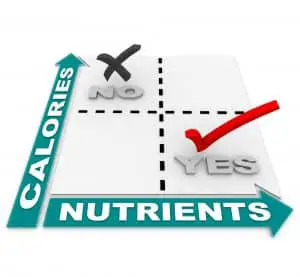
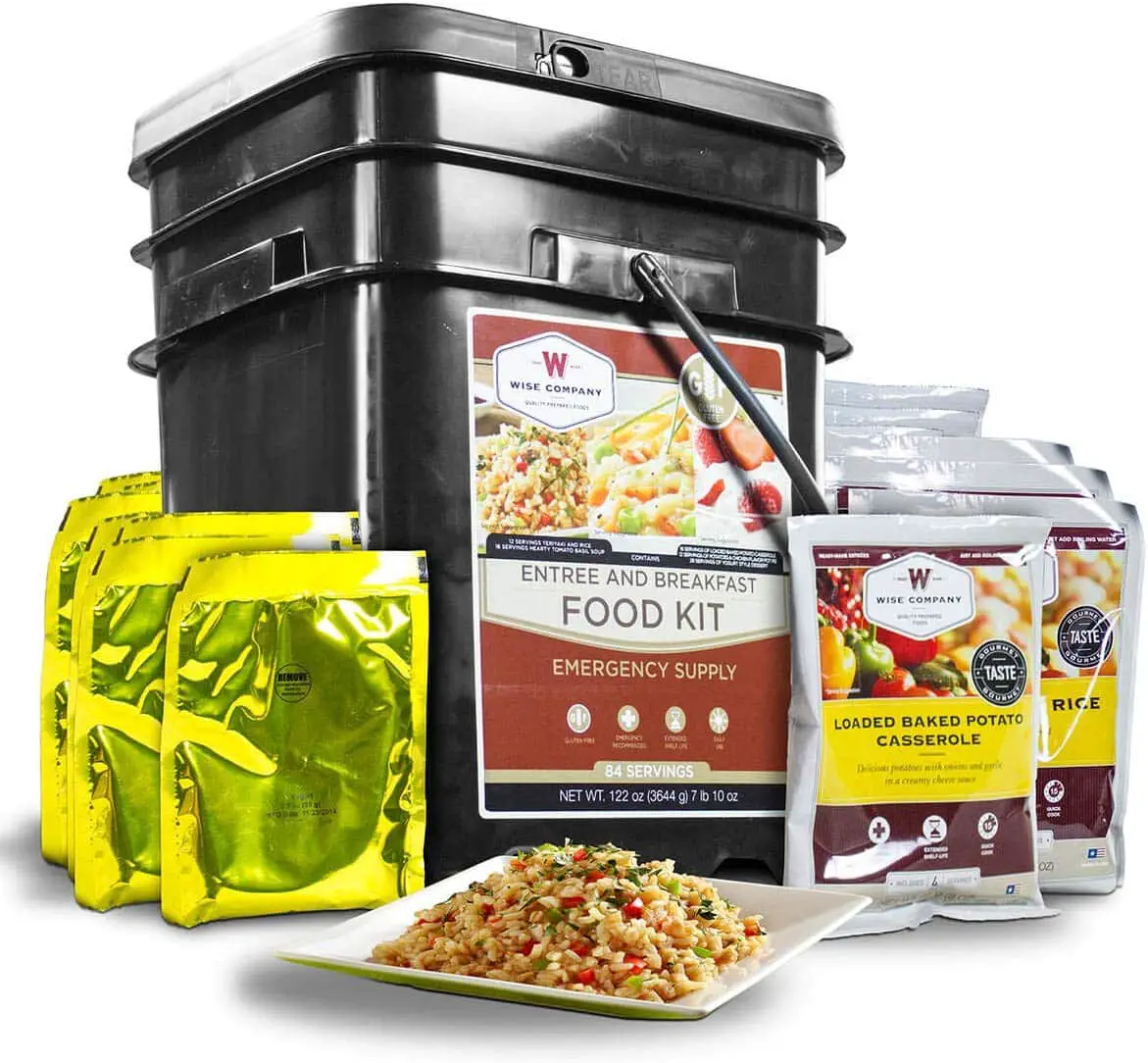

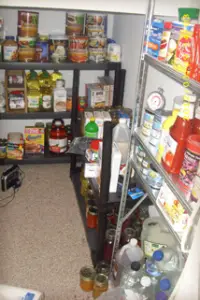
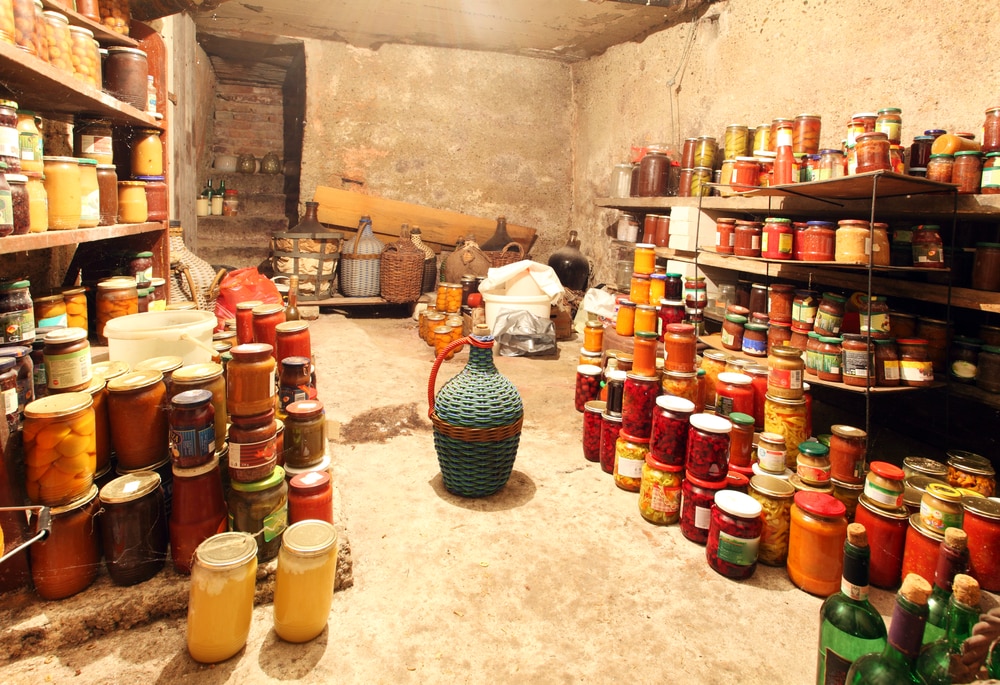
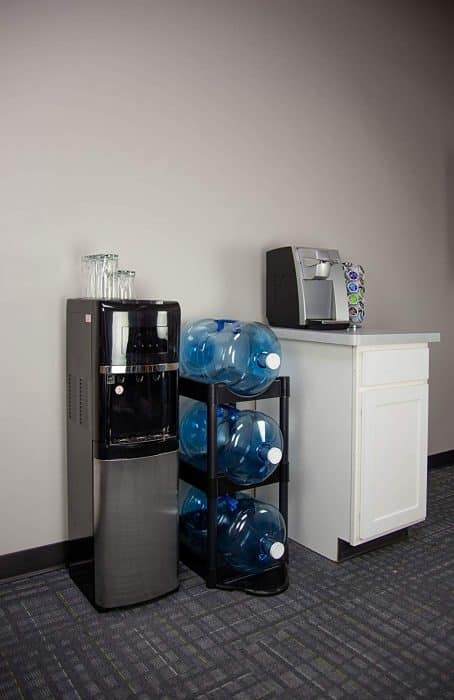
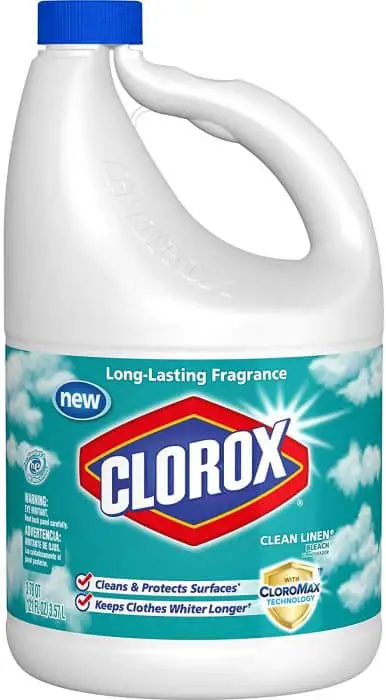
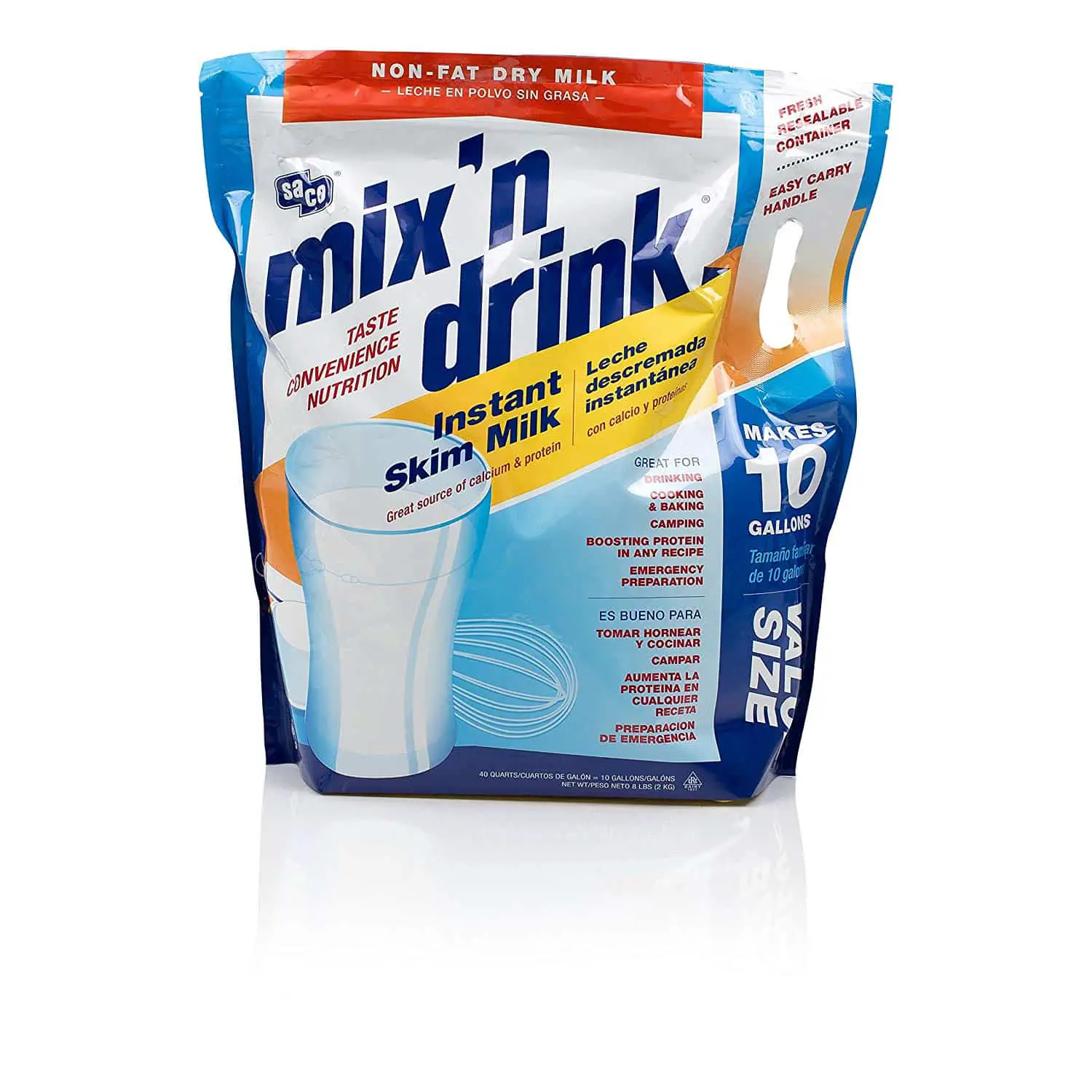


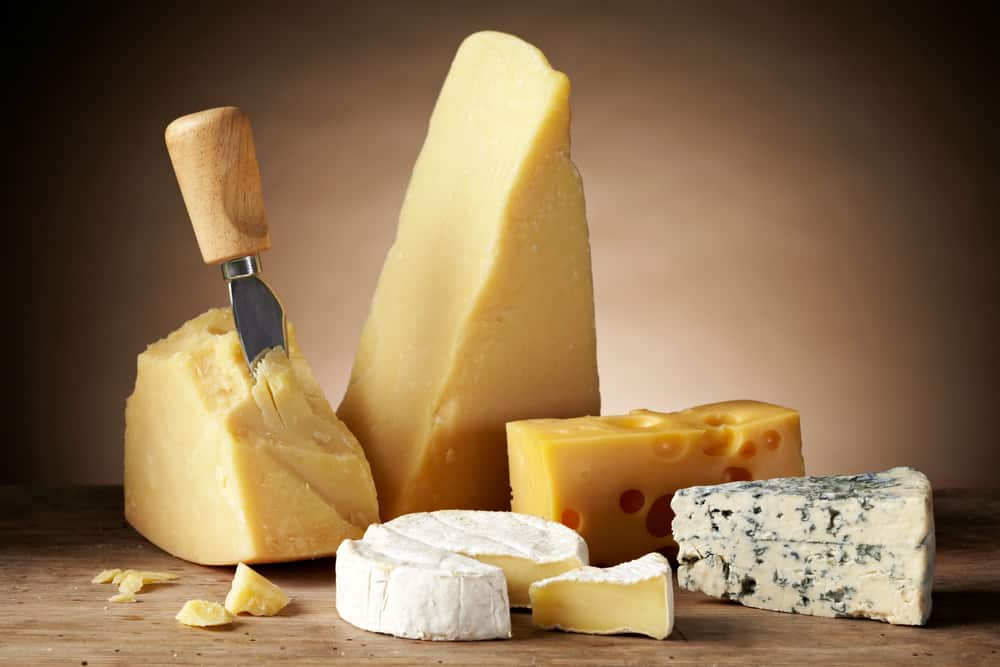

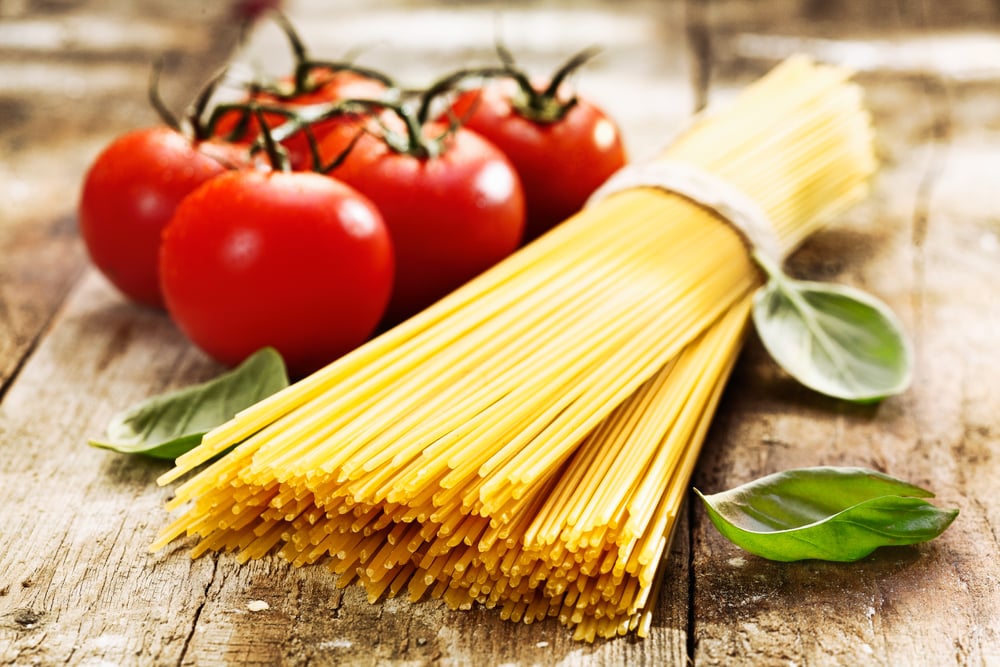
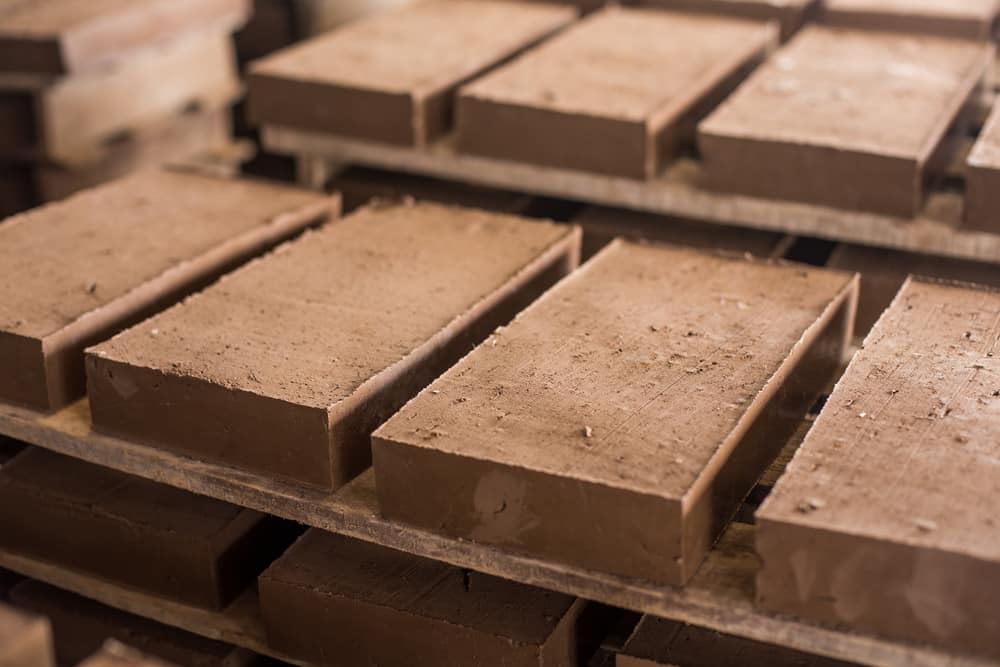


Good thoughts; just I would not encourage people to store canola oil and call it healthy. It is one of the unhealthiest oils out there, and very subject to rancidity. Virgin organic coconut oil is your best bet for storage for cooking; EVOO is good for salads and such.
Thanks so much for you input! I’ve also read Canola is usually a GMO product for those who are concerned about that.
My thoughts exactly.
(link for canola)
https://www.westonaprice.org/know-your-fats/the-great-con-ola/
I noticed nuts on your list. Good choice with a caveat. Nuts are high in fat and for long term need to be frozen. Short term on a shelf will be ok but in time they go rancid.